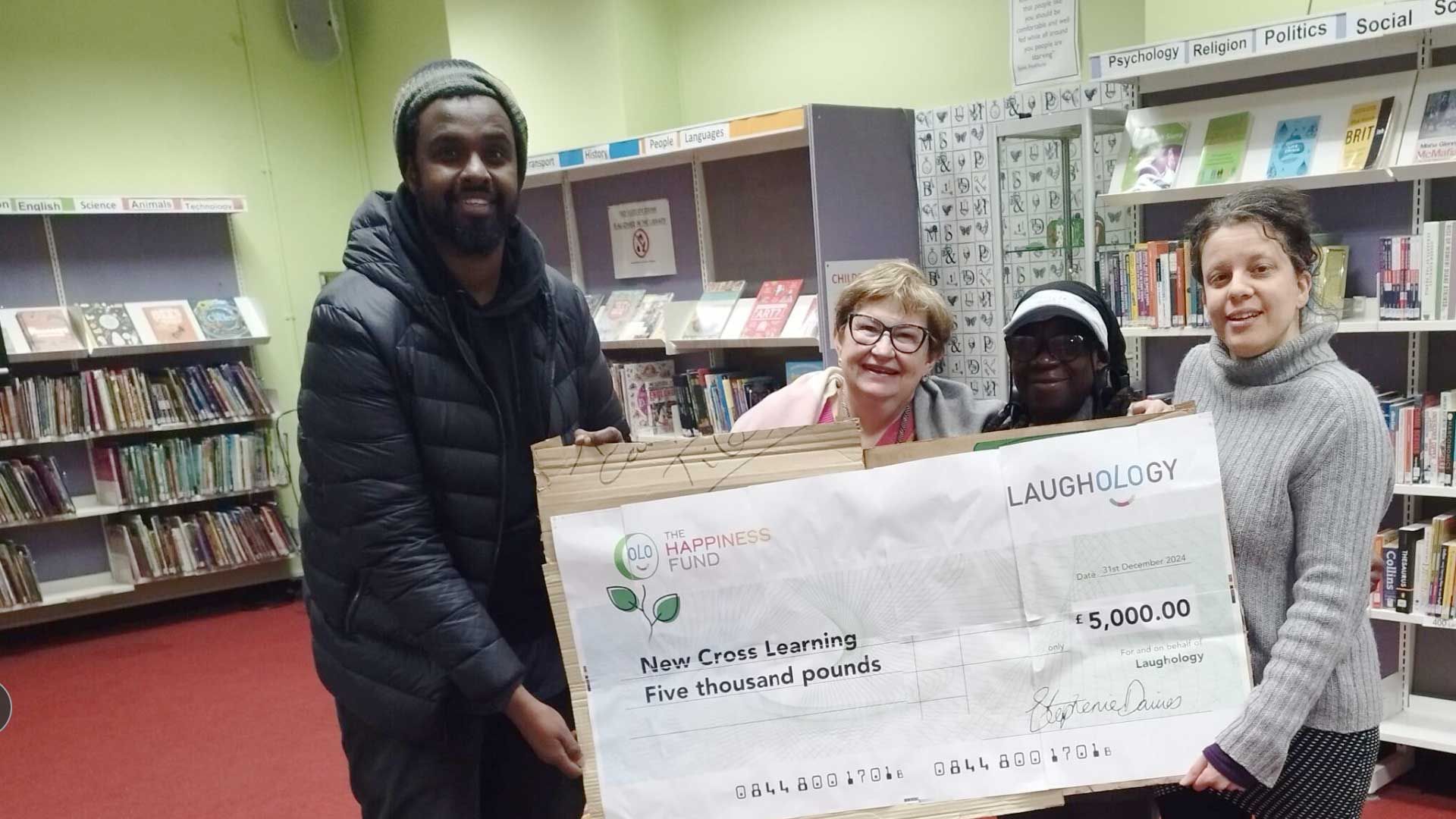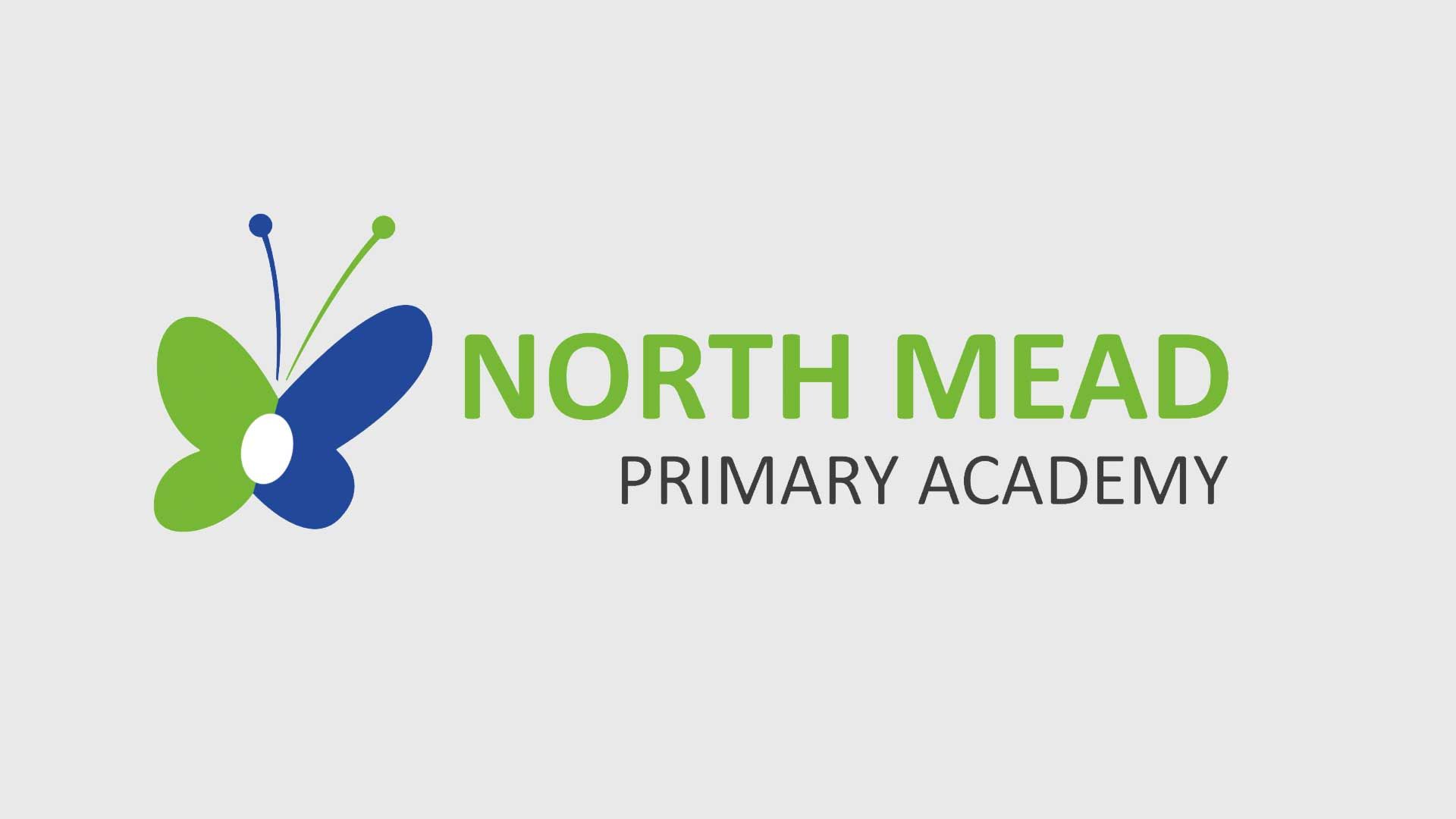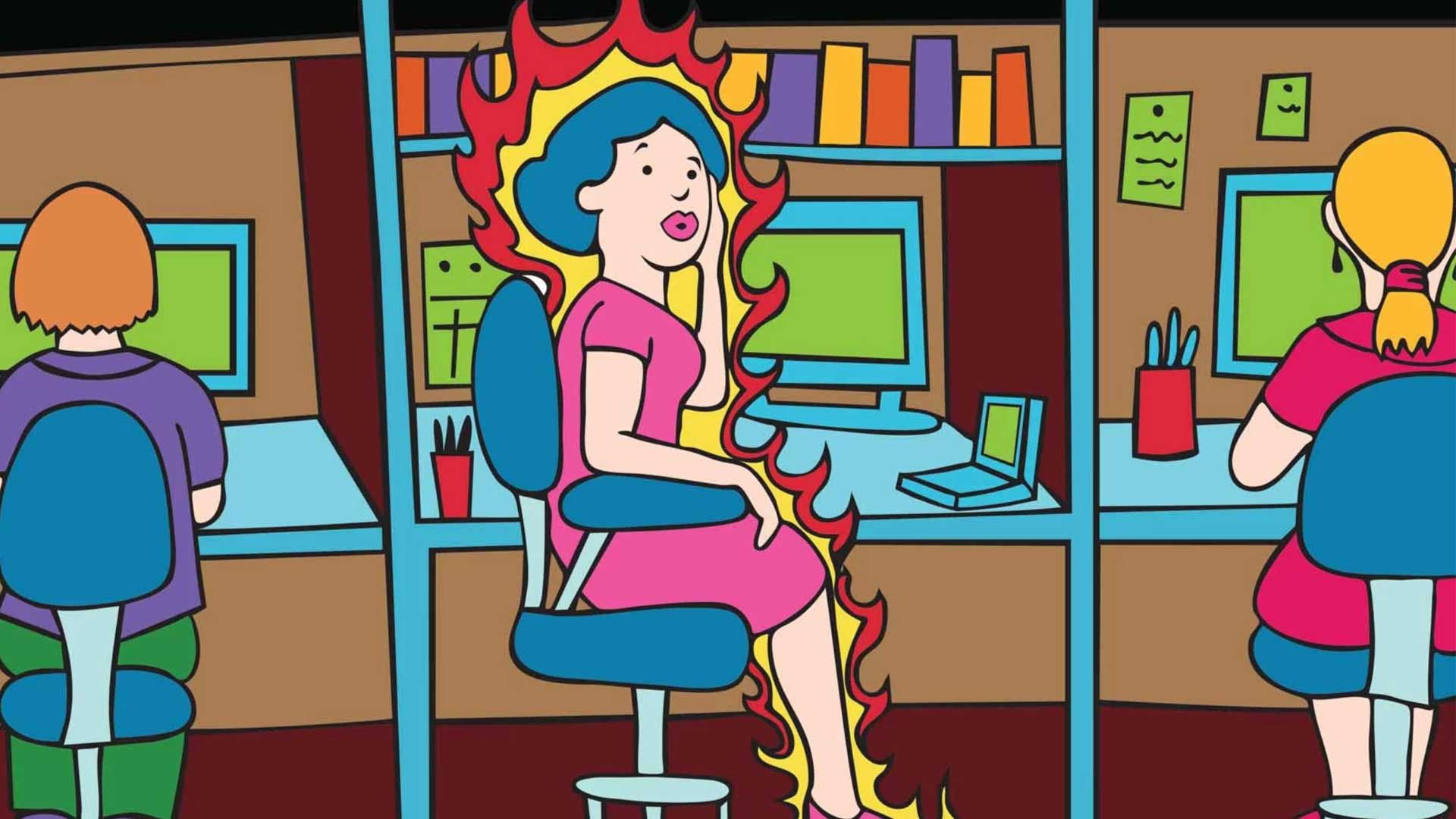Staff Wars: Engaging with dissenting voices in your staffroom

Over 25 years of working in education, it can be said that I’ve sat in many a school staffroom and listened to many an interesting conversation - ranging from the reasons the under 15’s got battered 14- 0 in last night's game to who was responsible for bringing in a 4 tier chocolate cake on a Monday!
I’ve also noticed that when that negative, dissenting voice creeps in, it can very quickly take hold and permeate the very fabric of the building.
So how do we then engage with those among us (you’ve probably pictured them already) who feel it’s their god-given right to bicker, moan, undermine, or indeed resist any form of change, positive feeling or team camaraderie?
Well, you didn’t think we’d just leave you on that rhetorical question, did you? Read on.
What are the challenges?
Let us first take a look at what might be contributing to that pervading sense of doom and gloom that can infect the way we think, feel and do. Of all the changes currently affecting the educational climate and, more importantly, any teacher’s outlook, the top ones consistently mentioned in and around staffrooms around the country seem to be… in no particular order:
- Parents
- Funding
- Work/life balance
- Poor leadership and communication
- Paperwork
- Time management
- Difficult kids
Whilst this list is not exhaustive, it already becomes clear that there are many factors that can cause even the perkiest staff member to lose heart and flip to the dark side of the force.
But what about those who have seemingly already turned? You know, the ones huddled in the corner of the staffroom whinging about kids (not even sure they like young people), always at the furthest table away from any new learning, arms folded and a face like a smacked arse. Or just trying to suck any positive life out of anyone who dares to show even the slightest ounce of joy regarding their work.
What to do, indeed?
Caveat – there may be things going on for these individuals to which we are not privy, and our first thought may be to give their mood-hoovering antics a wide birth, but they are and can be a massive voice in the proverbial changing room of education, so what is the best approach to understand and in some way encourage a more helpful, encouraging and beneficial contribution from the staffroom dementors?
Curiosity and the power of positive communication
Positive communication is the key, with a big dollop of curiosity. Curiosity is a lovely word and comes from the Latin root word ‘to curate’, which means ‘to take care of’. It’s a helpful way to reframe how we can engage with a staff member who is struggling with (or maybe enjoying) their contrary Mary stance.
We are here to take care of our brains but also to take care of the brains of the people around us. If we are to create a learning culture that promotes the wellbeing of our learners, then we must start with ourselves and those around us who impact upon the children.
According to Scott Walker, author of the brilliant tome, ‘Order Out of Chaos’, the first thing we should do if we are going to have the best impact upon another human being is a sense check. This means before any meaningful interaction, we must mentally and physically check how we are thinking, feeling, and what we are doing. If any or all of those are not in sync, we need to change it in order to be at our best - and, in turn, have the most productive impact on those around us.
For instance, you’re planning to have a chat with Derek, whom you’ve noticed is infecting the staffroom with his legendary negative banter around all things learny, but you’ve had a difficult morning. You were late leaving the house, you’ve forgotten your packed lunch, someone cut you up on the way to work, and the place where you always park has been taken. Unsurprisingly, this may have put even chirpy you into a slightly frazzled state.
The interaction you have with Derek, even with the best intentions, is probably going to be less than helpful.
This is why a sense check is so important; give yourself a moment to think about how you’re feeling:
- Do you need some fresh air or just to breathe deeply?
- Are you able to shake off the morning antics and re-focus on the task at hand?
- What three things do you want to get out of the upcoming conversation?
- Do you need to chat with a good friend/colleague first who may be able to help re-frame where you are or put a smile on your face?
This sense check doesn’t take long but can have a massive impact on the forthcoming interaction. This ability to re-set becomes the first important skill in understanding and aiding our engagement with those who may be difficult to reach.
Seeking first to understand, then to be understood
The second phase in our approach, according to the aforementioned Mr Walker, is to ‘seek first to understand then be understood’ - something legendary businessman and author Stephen Covey wrote about in his book, The 7 Habits of Highly Effective People. No doubt you’ve heard it yourself on your learning journey, but what does it actually mean?
Head of Crisis Negotiations at the FBI, Gary Noesner (stay with me), created a sequence that aids and assists in dealing with the most challenging conversations, and it goes a little like this:
Active listening
Back to curiosity and our desire - no matter how difficult or unsettling, to really understand the other person's point of view, way of seeing the world, and what makes them tick. We can achieve this by identifying their emotions, asking open questions and giving space and time for them to tell the story. This can be challenging, especially if we just want to immediately listen to fix it, but all of this is incredibly useful when we come to phase 2.
Demonstrate Empathy
Whilst we may not agree with their stance, here we can show our capacity to understand their perspective despite it being opposite to ours. There may be lots of reasons why they are displaying unhelpful behaviours or have got themselves into a negative cycle of thoughts and actions.
Building rapport
This is hugely important if we want to encourage open, honest and positive conversations; finding common ground, new information, and really seeking to understand the stories of the people around us is the key to effective engagement. This then leads to…
Enhancing your influence and encourages behavioural change
Once we have a better understanding of what drives this person's thoughts, feelings and actions through the above rather than just judging them at face value, we have a much better chance of influencing their behaviour in a more positive direction.
Time
This isn’t a quick fix and may take some investment of time to build through the stages, but as a friend of mine once said, “No positive effort, no matter how small or inconsequential, is ever wasted.”
If we follow this sequence in order, it allows us to gain a better understanding of the person in front of us, allowing us to break down any blocks to communication there may have been before and gives us the possibility of encouraging that person to shift from their present unhelpful and fixed state into one that may bring a more harmonious feel to the staffroom ambience.
Failing that, give them a cuddle and tell them that you love them.
For support to enhance your leadership and communication skills, check out our Top of the League workshop or get in touch with Doug, who can share more about how we can help -
As well as appearing in programmes such as Downton, Eastenders and Corrie, Dave Keeling is a stand-up comedian and has been a Laughologist since 2008. He’s one of our most sought-after facilitators, as his dynamic, fast-paced, quick-witted delivery is something to behold! He’s worked with students of all ages, as well as teachers, parents and leadership teams.














